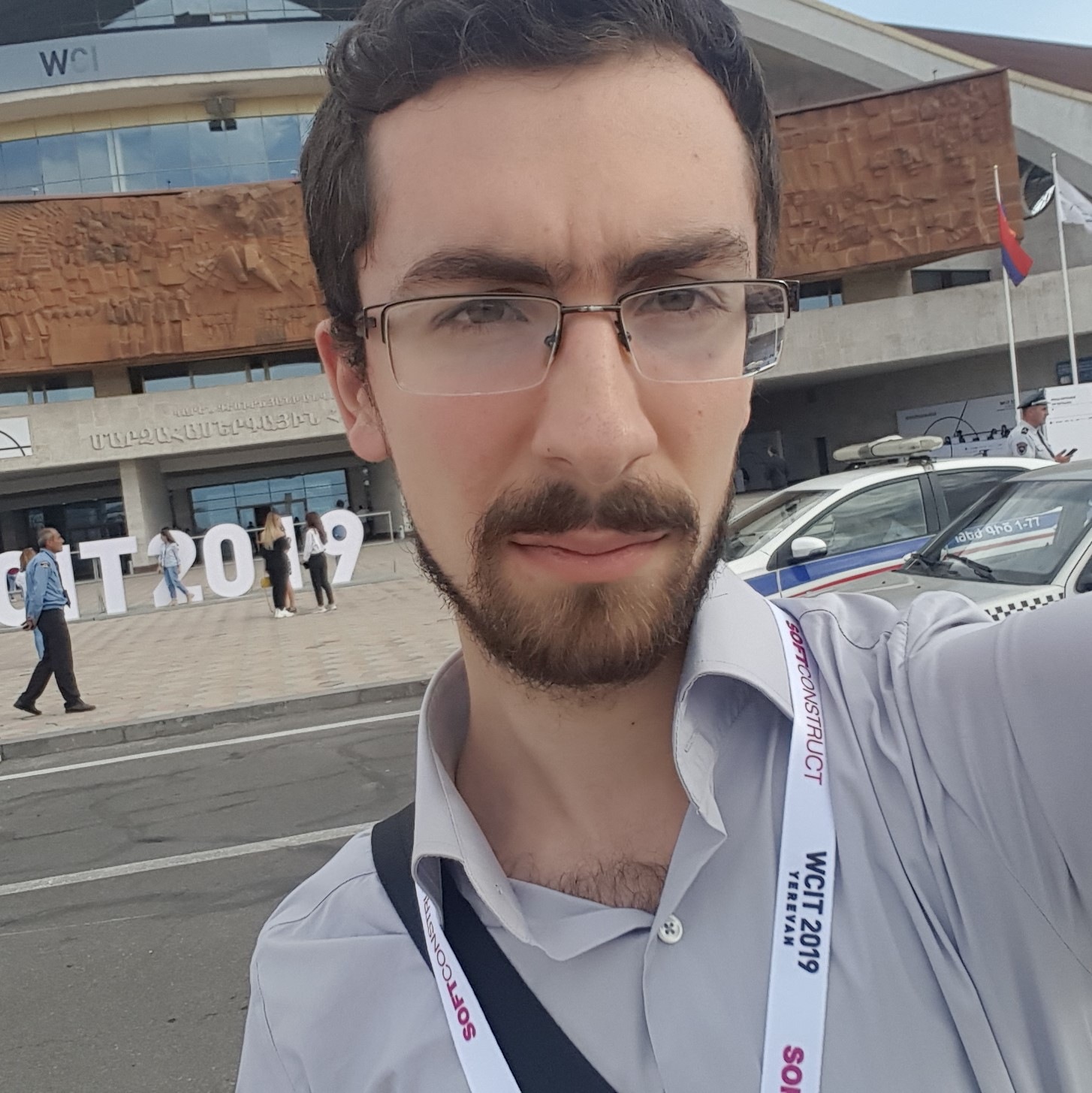What is FM Global?
FM Global (legal name – Factory Mutuals Insurance Company) is a USA based international property insurance and loss prevention engineering company. Established nearly two centuries ago, FM Global concentrates its capital, scientific research capabilities and engineering expertise to property risk management.
FM Global determines risk by bespoke engineering evaluation of the facilities to be insured, rather than access through historical insurance data and theory. Company’s personnel regularly visit insured locations to evaluate hazards and recommend improvements to their property or work practices to reduce physical and financial risk.
As a mutual company, FM Global answers to its policyholders, who through unique ownership model are the owners of the company. They receive the benefits of mutuality, including a voice in the company, long-term strategic planning, and a potential membership credit.
History
FM Global has its roots in the mill business when in 1835, a Rhode Island textile mill owner named Zachariah Allen made improvements to his mill to reduce the chance of fire loss and increase his mill’s resilience to this element. But when he went to his insurance company and asked for a reduced premium, he was denied. In response, Allen recruited other mill owners to create a Mutuals property insurance company, Factory Mutuals, which would insure “good risk” factories, and provided incentives to policyholders by returning the premiums remaining at the end of a policy term to them. And as he had predicted, proper fire prevention methods and inspections resulted in dramatically fewer losses. When the fire sprinkler was introduced in 1874, Factory Mutuals championed its acceptance.1
In 1987, 42 mutual companies merged into three companies to offer clients comprehensive coverage and loss prevention resources. In 1999, FM Global was created to provide greater insurance capacity, followed by the opening of the FM Global Research Campus in 2003, which today is one of the most sophisticated centers with an eye on advancing the science of property loss prevention. Then, in 2014, the annual FM Global Resilience Index was launched, the first data-driven tool to rank 130 countries and territories around the world according to the resilience of their business environments. In 2016, FM Global was named one of “America’s Best Employers” by Forbes magazine.2
FM Approvals
FM Global also provides worldwide industrial and commercial product certification and testing service through FM Approvals. Recognized and respected across the globe, FM Approvals certification assures customers a product or service has been objectively tested and conforms to the highest national and international standards. Certification and approval of commercial and industrial products include:3
- Building products/materials
- Roofing products
- General purpose electrical equipment
- Fire detection, gas detection, signaling & other electrical
- Fire protection equipment
- Functional safety assessment & certification
- Hazardous location electrical equipment
- Smoke detection
An essential requirement for FM Approvals in considering property loss prevention is that real data is used to determine exactly how a given building product / material performs in an actual fire. FM Approvals engineers use both full- and small-scale tests during product evaluations, to determine the products ability to limit fire spread.
In Recent News Headlines
In 2019, FM Global has invested US$1 million in RiskGenius, an InsurTech startup company that applies artificial intelligence and machine learning to automate underwriting processes. It is the largest investment FM Global has made in a startup to date. Launched in 2015, RiskGenius applies machine learning to insurance policies, enabling insurance professionals to dramatically enhance the consistency of coverage they offer clients and deliver it to them faster than ever before possible.
In the same year, company has also invested US$250,000 in AirWorks Solutions, an aerial mapping and surveying startup that is enabling the insurer to apply their technology to property risk identification and loss prevention. To quote Michael Lebovitz, senior vice president of innovation at FM Global: “We believe this forward-thinking technology has great potential to be adapted for property risk management by identifying property hazards from the air that couldn’t otherwise be easily or safely identified.”4
With the recent pandemic harming businesses across the world, spikes in claims were inevitable. According to Ralph Lauren’s ongoing suit, the apparel company bought a policy from Factory Mutuals which it claims covers all risks, amounting to a whopping US$700 million. When Ralph Lauren filed a claim for its financial losses resulting from the pandemic, Factory Mutuals allegedly attempted to limit coverage. In its suit, Ralph Lauren suggests that the limit on clean-up costs shouldn’t stop it from claiming interruption and other losses resulting from the pandemic in full of the limit amount specified in the policy. As of this date, the insurance company also faces a class-action suit on behalf of universities and colleges that bought the company’s continuity policies but have been denied claims.5
Financial Figures
| Gross written Premiums from Insurance (€m) | 648 |
| Gross written Premiums from Reinsurance (€m) | 194 |
| Gross written Premiums (€m) | 742 |
| Total Claims paid during this year (€m) | 71 |
| Combined Ratio (%)* | 96.8 |
*The combined ratio is used for measurement of the performance and the financial health of an insurance company; it measures whether if the company is earning more from its received premiums than it spends on its expenses and losses. For example, a combined ratio of 100% means that the company is getting exactly the same amount of money from its premiums, as it uses in its expenses and losses. Anything below 100% means that the company is earning more from its premiums than it spends on its expenses and losses. It is important to take into consideration that this ratio does not consider the investments and other income of the company, therefore a company can have a combined ratio of over 100% and still be profitable.

